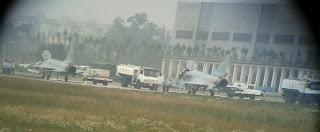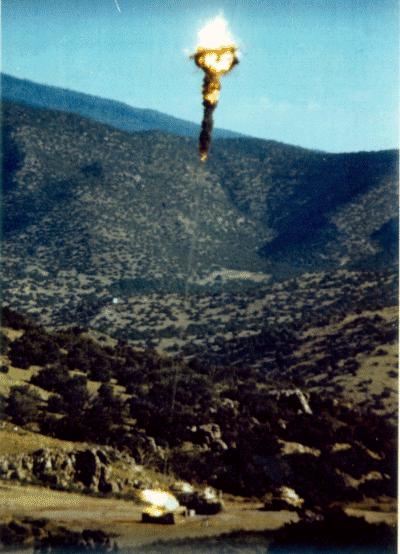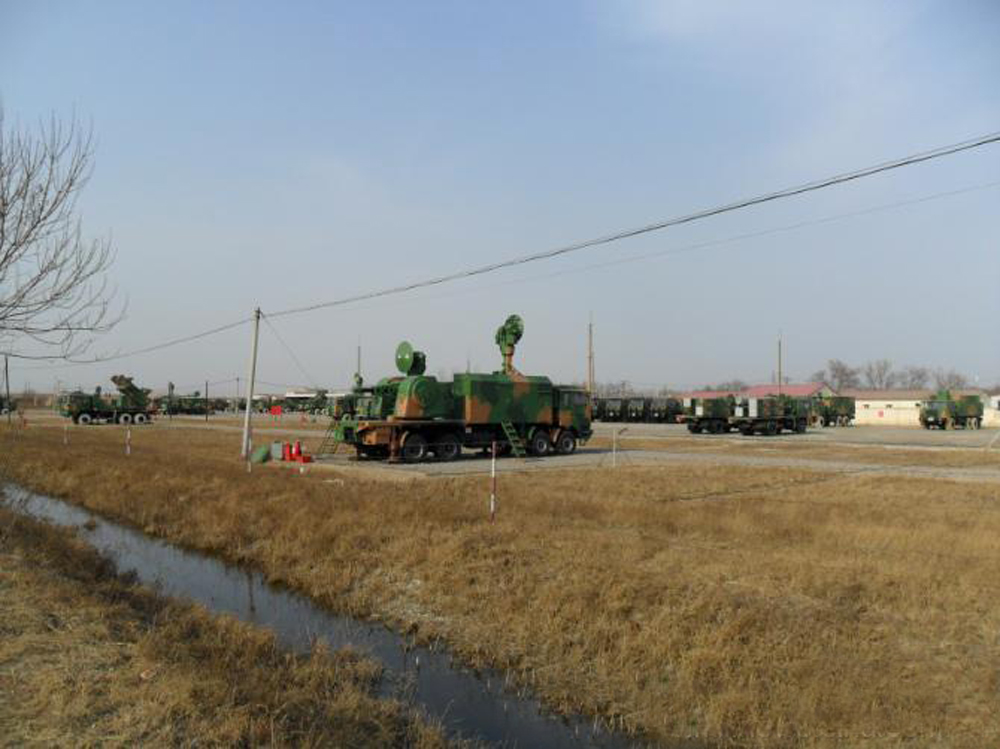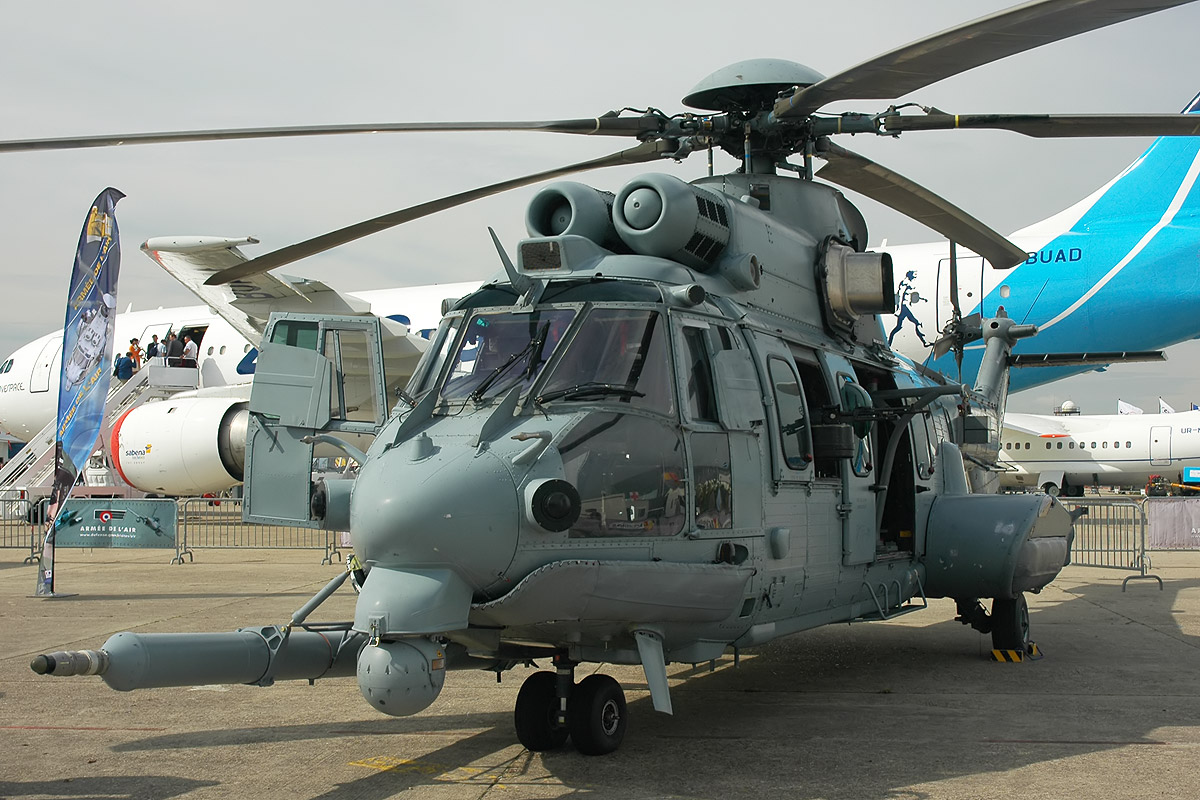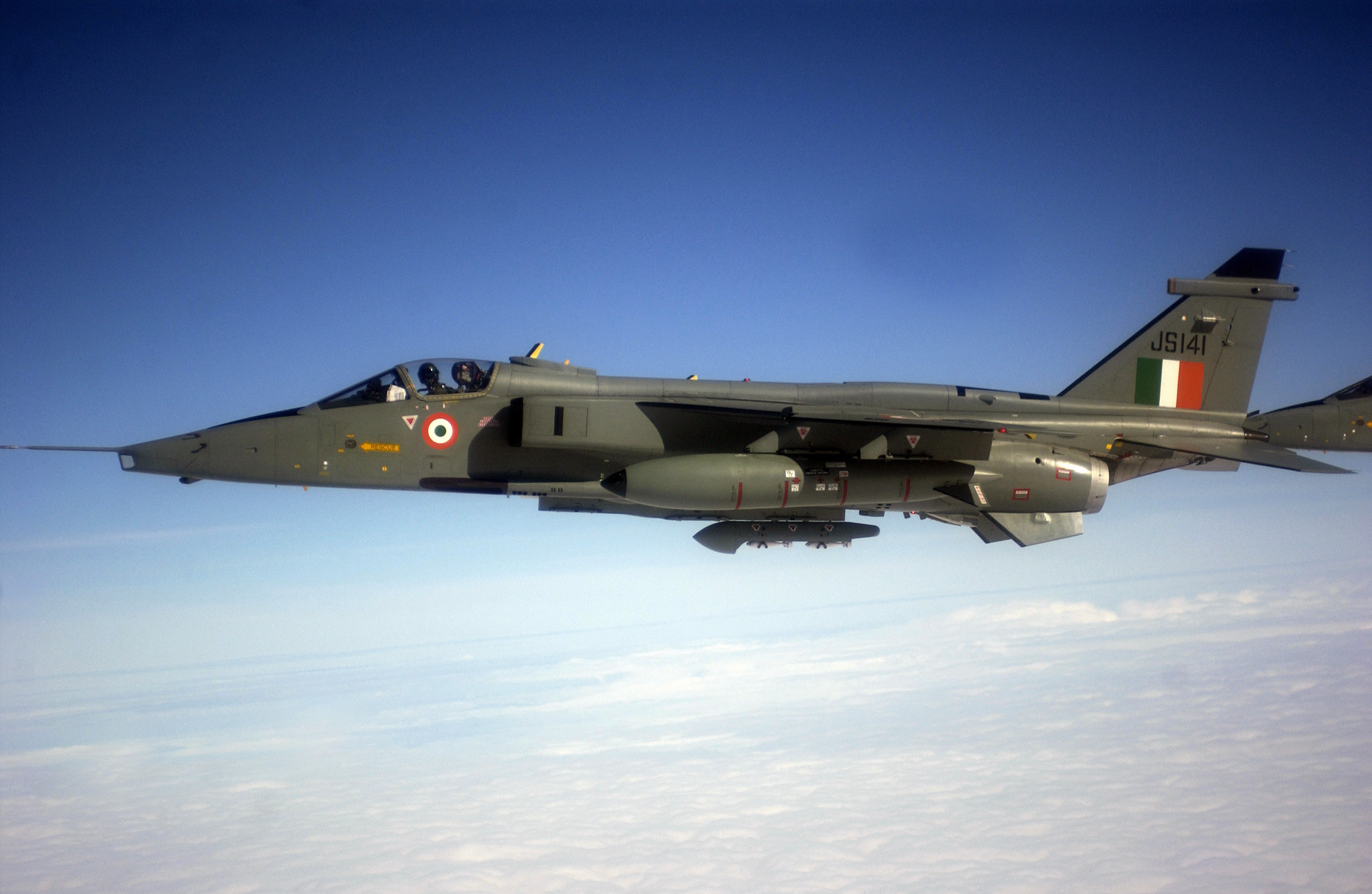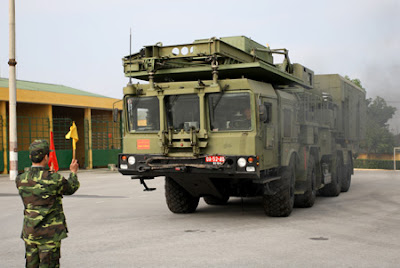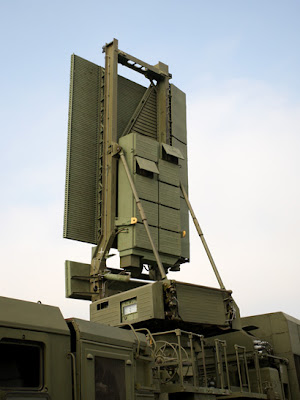2011-06-26 (China Military News cited from chinapost.com.tw)
The Aerospace Industrial Development Corp. (AIDC), consigned by the Taiwan Air Force to upgrade the Ching-Kuo Indigenous Defense Fighter (IDF) jets under the Hsiang Chan Project, will deliver the upgraded versions of the IDF jets on June 30, according to company sources.
The Air Force raised the NT$17 billion upgrade project in 2008 after the U.S. declined to sell F-16C/D fighter jets to Taiwan, and the project was ratified by the Legislative Yuan and put into practice in 2009.
The core of the project is for AIDC to retrofit a fleet of 70 Ching-Kuo IDF jets operated by a Tainan air force unit. As some parts and components of the IDF jets are no longer produced, substitute ones are used for the retrofit, and flight control software programs for the jets are also re-written to improve the electronic counter counter-mechanism, electronic war system, advanced friend or foe identification system, as well as air-to-air and air-to-ground radar systems.
In addition, the retrofitted IDFs are better equipped to reinforce its air defense capability. For instance, they are installed with four Sky Sword II mid-range air-to-air missiles, up from two; and equipped with some air-to-ground missiles, such as Sky Sword II A anti-radiation missiles and Wan Chien cluster bombs.
Air Force officials said that the retrofitted Ching-Kuo IDF jets will see their air defense capability double from the original IDF jets.
The U.S. declined to sell F-16C/D jets so as to placate the mainland China. Based on the opinion of experts, the military equilibrium between Taiwan and the mainland is gone, though local military strength is upgraded by the U.S. Taiwan hoped to purchase F-16C/D jets from the U.S., because the jets are sufficient to provide air superiority.


















